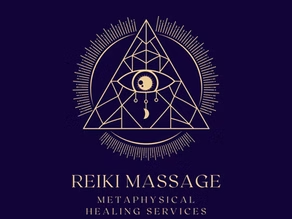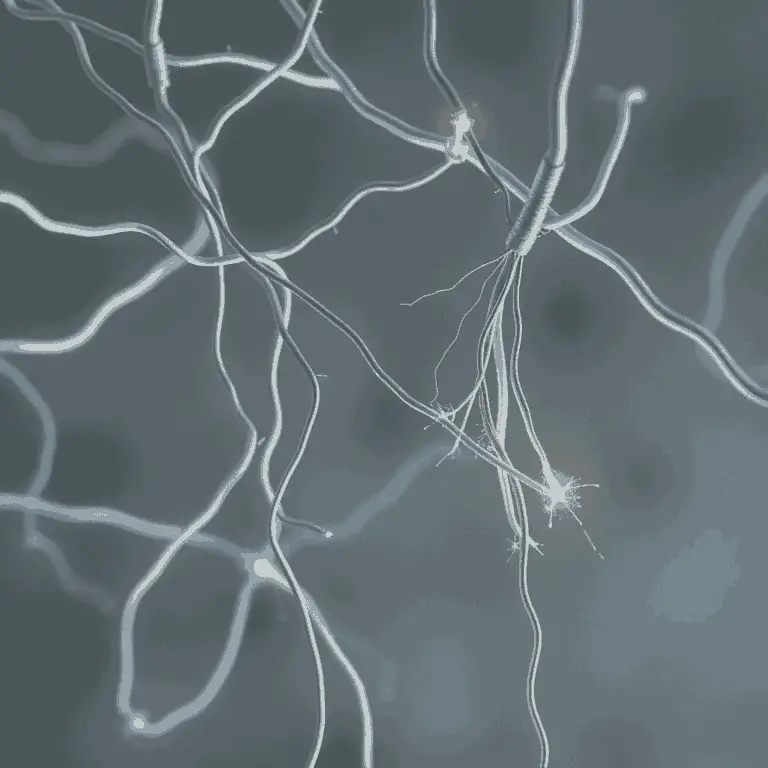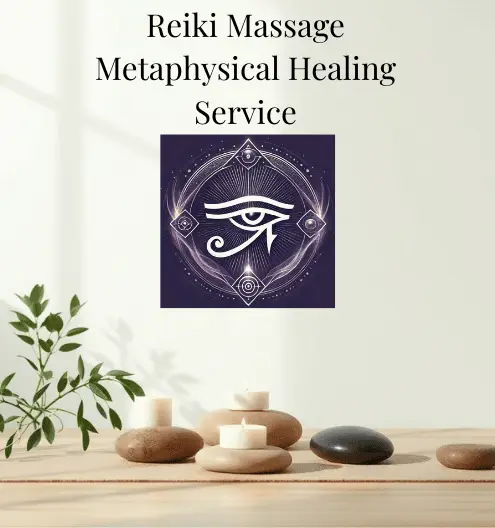
At Reiki Massage Metaphyscial Healing Service in Olympia, WA, our focus is on overall wellbeing. Specializing in Massage Therapy, Reiki, and Sound Therapy, the aim of our blog is to offer topics covering all apects of your being, reflecting the intention of the services we provide. Self-help is incredibly powerful skill set.
Let’s face it—life can feel overwhelming. Whether you’re dealing with anxiety, racing thoughts, or just trying to catch your breath in a fast-paced world, these techniques can offer something incredibly simple yet powerful: a way to come back to yourself.
These techniques aren’t just trendy self-care buzzwords. They’re real, practical tools to help you find your center, get out of your head, and reconnect with what’s right in front of you. In this guide, we’ll explore how they work, where they come from, why it matters, and—most importantly—how you can start using them today in ways that feel natural and effective.
Key Takeaways
- Grounding helps pull your attention back to the present, making it easier to calm down when stress and anxiety hit.
- It involves simple actions—like deep breathing or focusing on what you can feel, see, or hear—to break the cycle of overwhelming emotions.
- These techniques are adaptable to everyday life and don’t require anything fancy. You can start right where you are.
What Are These Techniques?
At their core, grounding techniques are strategies that help you anchor yourself in the now. When your mind feels scattered or your emotions are running high, these methods serve as a tether—reminding you that you’re safe, supported, and in control.
They work by drawing your attention away from distressing thoughts and bringing your awareness back to your body or surroundings. This can help you regain mental clarity, emotional balance, and a sense of peace.
Why Grounding Works: A Quick Look at Its Roots
The idea of grounding isn’t new. While it’s been widely used in modern psychology—especially for managing anxiety, trauma, and panic—it also has deep roots in mindfulness traditions, especially those from Eastern philosophies.
Practices like meditation, breathwork, and body awareness have long been used to help people reconnect with the present. Over time, Western psychology caught on, and grounding became a staple in therapy, especially in somatic and trauma-informed practices.
What Grounding Can Do for You
Mental & Emotional Benefits
When your emotions start to spiral, grounding brings you back. It helps quiet mental noise, shifts you out of fight-or-flight mode, and creates space to think clearly. Many people find that grounding techniques help improve focus, boost resilience, and reduce emotional reactivity.
Physical Perks
These techniques don’t just support your mind—they support your body, too. People who regularly practice grounding often report better sleep, fewer headaches, less muscle tension, and even improvements in blood pressure. When your nervous system settles, your whole body feels the difference.
Easy Techniques to Try
The beauty of grounding is that it’s accessible. You don’t need to be a yogi or have a meditation cushion. Here are some popular methods you can start with:
Physical Grounding
- Walk barefoot on grass or soil. Let the earth support you.
- Hold something textured (a stone, piece of fabric, or ice cube) and focus on how it feels.
- Stretch or practice gentle yoga, tuning into the sensations in your body.
- Press your feet firmly into the floor and notice the sensation of being supported.
Mental & Sensory Techniques
- The 5-4-3-2-1 Method: Name 5 things you see, 4 things you can touch, 3 sounds you hear, 2 smells, and 1 thing you can taste.
- Mindful breathing: Focus on your breath moving in and out. Try counting or pairing it with a calming phrase like “I am here.”
- Positive affirmations: Speak or write reassuring words to yourself—something like “I’m safe right now” or “This feeling will pass.”
- Visualization: Picture a calm place in your mind in rich detail—what do you see, hear, feel?
You don’t need to do them all. Find one or two that resonate, and make them your go-to tools.
Is There Science Behind It?
Absolutely. There’s growing research that backs its effectiveness. Studies have linked grounding with lower cortisol levels (your body’s main stress hormone), decreased anxiety, and improved sleep.
Some experiments have even measured shifts in brain wave activity and heart rate variability during grounding, confirming what many already experience: it works.
What the Experts Say
Therapists and mental health professionals often recommend these techniques as a first-line defense for emotional regulation. It’s a core part of trauma therapy, mindfulness-based stress reduction (MBSR), and other holistic approaches to mental health.
These methods create a bridge between your body and mind. They strengthen your ability to self-regulate and recognize your triggers, helping you respond to life’s challenges instead of just reacting.
Making It Part of Everyday Life
You don’t need to wait for a meltdown to practice grounding. In fact, the more you do it regularly, the easier it becomes to tap into during stress.
Try adding grounding into:
- Your morning routine (a few deep breaths before checking your phone)
- Your commute (noticing the texture of the steering wheel or the rhythm of walking)
- Midday resets (step outside and feel the sun or breeze)
- Your wind-down time (visualization before sleep)
Using Grounding in Therapy
If you’re in therapy—or thinking about starting—it’s worth bringing up grounding with your provider. Many therapists teach clients how to use grounding in session and at home to manage anxiety, flashbacks, or overwhelming emotions.
It’s not just a coping skill. It’s a way to build trust with your own nervous system and body again.
Facing Doubts or Skepticism?
You’re not alone. Some people worry that grounding is “too simple” to make a real difference. And sure—it doesn’t “fix” everything. But it helps you handle everything better.
Grounding won’t erase your problems, but it gives you a stronger foundation to stand on while you face them.
If you’re skeptical, try starting small. Use a technique for a week and notice what shifts. Even subtle changes in your tension, sleep, or reactivity are signs that it’s working.
Final Thoughts: Come Back to Center
The world is loud. Your inner world might be loud, too. Grounding techniques are a quiet rebellion—an intentional choice to return to presence and stability. Whether you’re feeling anxious, burned out, or just untethered, these tools can reconnect you to your body, your breath, and your sense of self.
Start where you are. Stay curious. Be gentle. You don’t need to be perfect—just present.
FAQ
Q: What exactly are grounding techniques?
A: Grounding techniques are simple practices that help you return to the present moment, especially during stress or emotional overwhelm. They use physical or mental actions—like deep breathing, touching textured objects, or focusing on sensory details—to help calm your nervous system.
Q: Who are grounding techniques for?
A: Anyone. These tools are especially helpful for people dealing with anxiety, trauma, or stress, but they’re also great for anyone wanting to be more mindful and emotionally balanced.
Q: How do I start using them every day?
A: Begin with one small technique—like breathing deeply for one minute, or focusing on five things you can see around you. Set a reminder or pair the practice with something you already do (like brushing your teeth). The goal isn’t perfection, but consistency.















